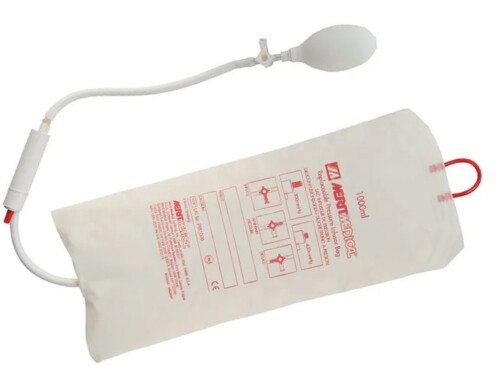 Insect removal from the ear is a foreign body removal procedure with unique considerations. First, insects are friable. Have you ever squashed a house centipede? It’s like their 700 legs are spring-loaded to fall off instantly when touched. This characteristic makes mechanical removal by alligator forceps or cerumen loops less reliable. Second, they are alive which means they can move during your attempted extraction procedure.
Insect removal from the ear is a foreign body removal procedure with unique considerations. First, insects are friable. Have you ever squashed a house centipede? It’s like their 700 legs are spring-loaded to fall off instantly when touched. This characteristic makes mechanical removal by alligator forceps or cerumen loops less reliable. Second, they are alive which means they can move during your attempted extraction procedure.
Trick of the Trade
Use a Frazier suction device to remove the intra-aural critter.
Prep for success: First achieve inner peace
The idea of having a critter in one’s ear can be very disconcerting. Consider sedation for the patient to optimize patient comfort and tolerance of the procedure. Although I am becoming a big fan of ketamine, I can only imagine that if any patient is going to have an emergence reaction, it’s the one who believes s/he is actively living out a horror movie… nonetheless it is recommended in Roberts and Hedges [1].
Prep for success: Prevent addition damage
Before extracting the insect, you must kill it or otherwise immobilize it to prevent ongoing intra-aural damage by the insect. Many providers drown the insect in viscous lidocaine. We used 1% NON-viscous lidocaine. Although a small 1993 study showed that microscope immersion oil killed cockroaches faster than lidocaine (27 vs 41 seconds), finding immersion oil in the today’s Emergency Department may be challenging [2]. There still remains much debate about which solution is the best to immobilize/kill the insect.
Frazier Suction Technique
The Frazier suction device, often found in your ENT kit, should be connected to low continuous suction. Once you are convinced that the insect is dead, slowly advance the suction catheter into the patient’s external ear canal. Be sure to inform the patient of each step to avoid accidental head movement. Occlude the insufflation port to suction out the contents of the patient’s ear canal. Once no more liquid returns, withdraw the catheter and hopefully you will be the proud owner of a dead insect.
Our team felt that this suction-based technique is superior to a manual extraction of the insect with forceps, because it would seem to cause less “shredding” of the insect into smaller debris pieces. Creating such debris should be avoided, according to Tintinalli [3].
References
- Roberts JR, Catherine BC, Todd WT, Jerris RH. Roberts and Hedges’ Clinical Procedures in Emergency Medicine. 6th edition. 2014. (pages 1316-7).
- Leffler S, Cheney P, Tandberg D. Chemical immobilization and killing of intra-aural roaches: an in vitro comparative study. Ann Emerg Med. 1993 Dec;22(12):1795-8. PMID: 8239097.
- Tintinalli, JE, J. Stephan S. Tintinalli’s Emergency Medicine: A Comprehensive Study Guide. 7th edition. New York: McGraw-Hill, 2011 (page 1556).
For plastic bead removal from the ear, read another approach to intra-aural foreign body removal.





